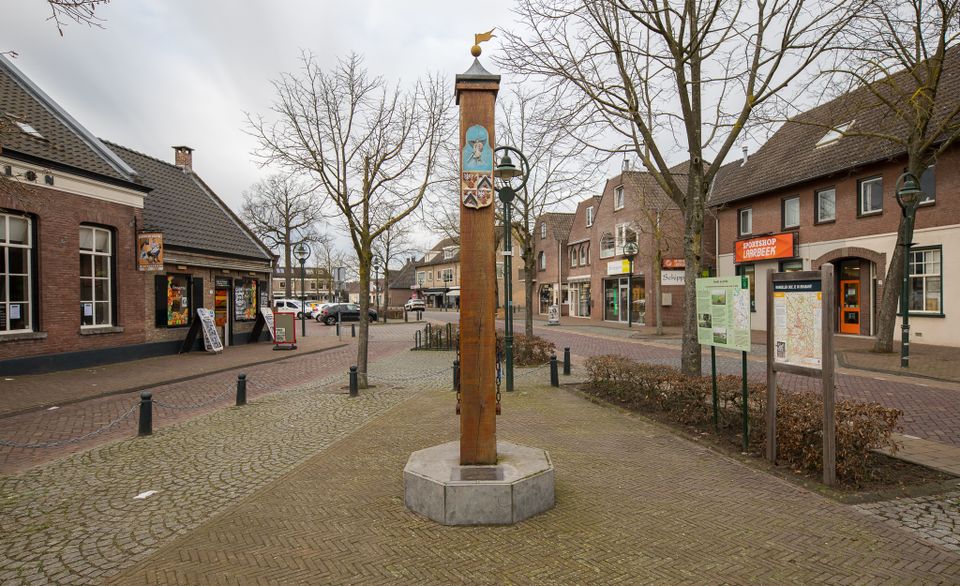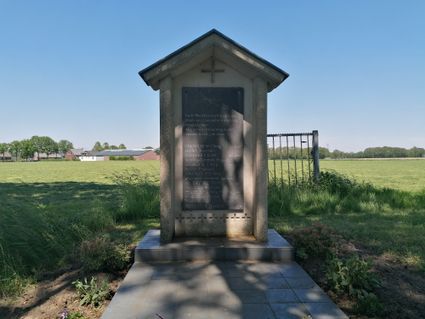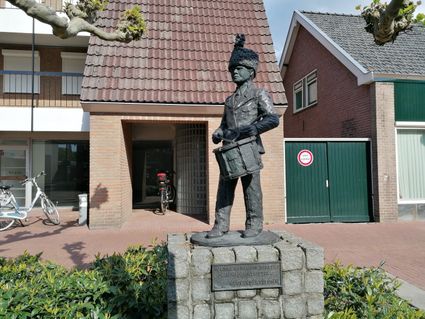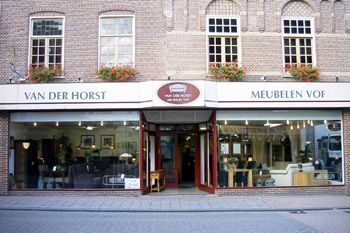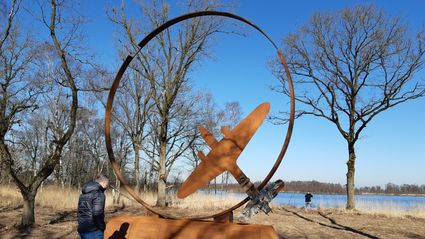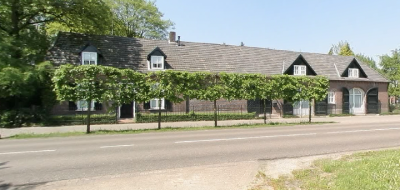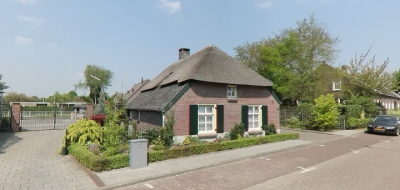Schandpaal 'Kaak'
On the Heuvelplein stands 'De Kaak' (The Jaw), or a pillory. It is part of the 'Law and Order' walking route, which has been set out in Beek en Donk. The route is intended to show, among other things, how justice was administered in our regions in former times.
The old municipal coat of arms
The carving depicts the old municipal arms of Beek en Donk, with St Michael as the guardian angel above. The two guilds of Beek and Donk have 'unveiled' this showpiece together. The pillory is a faithful replica of the poles that used to stand in almost all important places.
Denounced
In the 17th and 18th centuries, Beek …
On the Heuvelplein stands 'De Kaak' (The Jaw), or a pillory. It is part of the 'Law and Order' walking route, which has been set out in Beek en Donk. The route is intended to show, among other things, how justice was administered in our regions in former times.
The old municipal coat of arms
The carving depicts the old municipal arms of Beek en Donk, with St Michael as the guardian angel above. The two guilds of Beek and Donk have 'unveiled' this showpiece together. The pillory is a faithful replica of the poles that used to stand in almost all important places.
Denounced
In the 17th and 18th centuries, Beek en Donk was a seigniory. One of the rights that the seigniory of Beek en Donk possessed was the low, middle and high jurisdiction. This means that the aldermen of the seigniory were allowed to judge and pass sentence in criminal cases, both in light cases such as theft, fights, vagrancy and so on, but also in serious cases such as murder and manslaughter.
manslaughter. If a suspect of a less serious crime was found guilty, in addition to banishment from the seigniory and flogging, he was often sentenced to a stay at the jaw. The jaw was an octagonal oak pole to which chains were attached and was erected at a "place in front of the town hall on the hill where it is customary to do justice".
A condemned person was 'put to the jaw' (chained to the pole) for a certain time. The villagers were allowed to bully the convict in any way they could. This could be done by pelting him with rotten fruit, or by scolding him.
